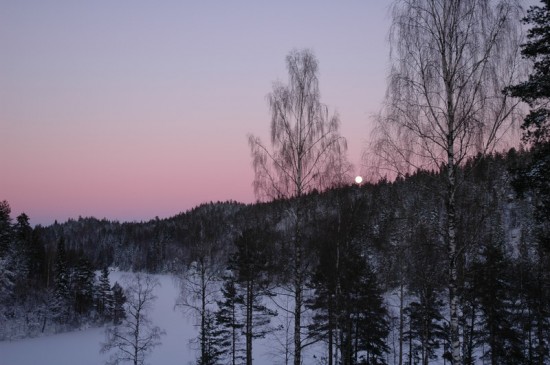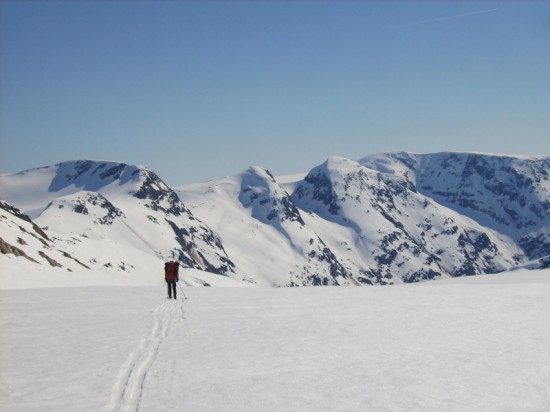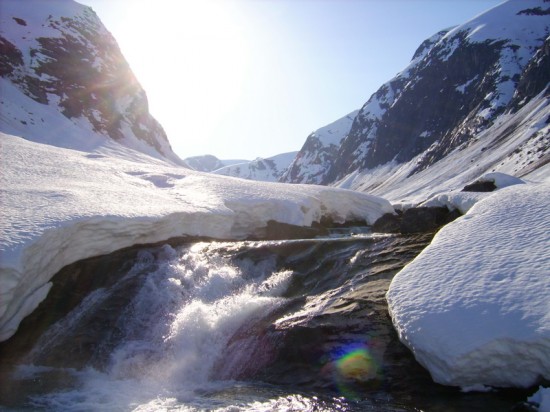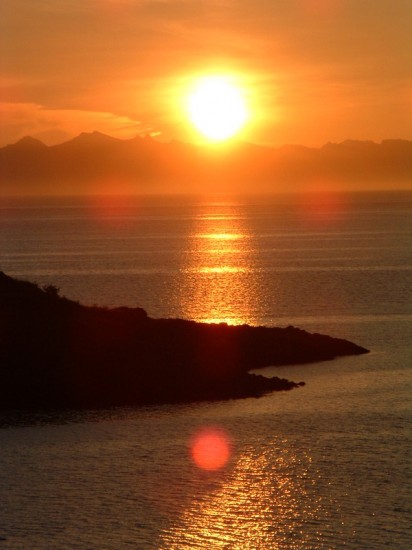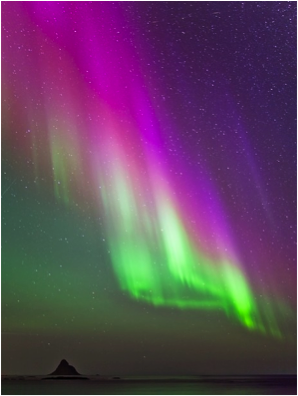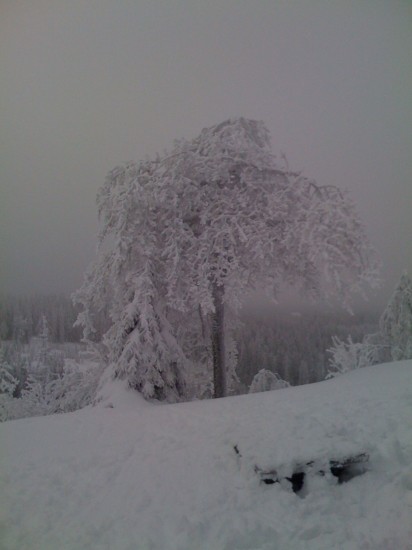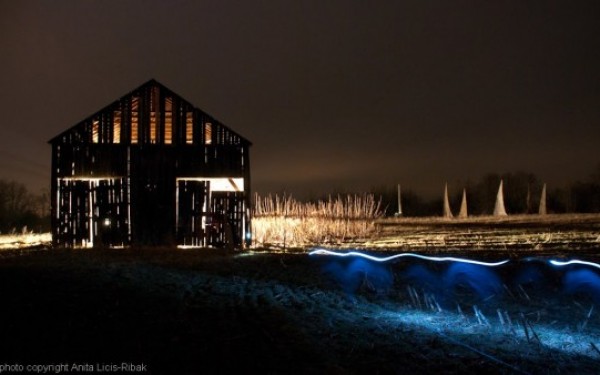Nordic Utopia - Guest Blog by Kristin Bredal
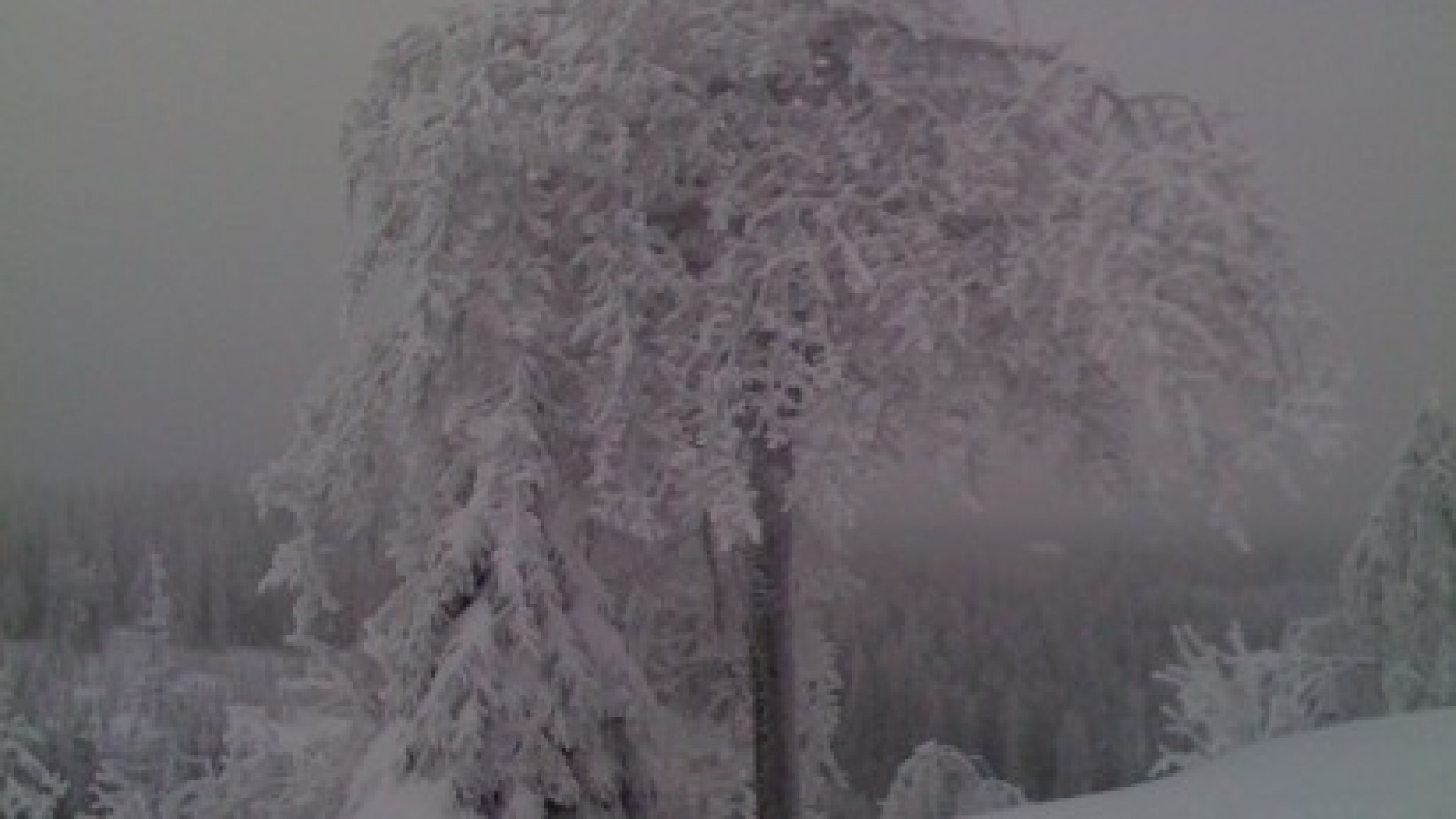
Posted on
February 21st 2012
Posted in
Announcements
At PLD-C I had the great pleasure of meeting Kristin Bredal. Kristin gave one of the most memorable presentations at the conference. We invited Kristin to tell us about what it’s like to be in deepest northern Europe in the dead of winter, in a land deprived of sunlight for long periods of time. This is what she had to say…
Hi there down under. This is a zombie calling – just waking up from months of hibernating. Right now the world is bright. Not because of the long hours with sunlight, but because the sun is actually showing itself a little bit longer every day. And now, when everything is white, wrapped in pure snow, the eyes stings when faced with this unusual experience of brightness. Funny, how I forget this sudden abrupt pain every year. Well, I do think this is the reason why Norwegians are so crazy about skiing. It is because we go out and drink light every February. The body, and mind I should add, is so starved, that it feels like taking a drug when you glide into Narnia in minus 10 Celsius.
Nothing makes me happier than the return of the daylight. Mind you, there are all kinds of light in the absence of the sun. The beautiful light is the natural cycles of blue hours, full moon and northern light. The northern Light is right now in a 11 year cycle peak with a lot of spectacular scenarios on the sky. This will happen for a few years, maybe even stronger next winter. So if you need a cooling experience next summer, take a trip to the north during January. I am sure you will be tempted when you have checked out this link and this link.
The NOT so beautiful light is the artificial light in most of our urban spaces in Norway. I am not saying all, because there is some progression to notice. But not nearly as much as there should be in a country with such a long dark period. It is funny how we humans just accept how artificial lighting looks with very little ability to judge if it is good or bad. The human brain is simply not developed to consider the quality of the light that reveals our physical world. The brain needs to be trained in order to see what is the good quality and what is the poor. So this is what I do a lot during wintertime. I give lectures about the importance of master lighting plans. I feel like a religious preacher. And actually, quite a few are seeing the light, and are eager to start the work of city beautification with light.
I am a firm beliver in lighting masterplan for urban spaces. Only by better distribution of the light can we bring down the consumption of energy. When the whole scenario is addressed, perception of the overall picture can be improved. The darktime identity can be revealed. This means removing unnecessary blinding and glary sources that make the surroundings appear darker. It means making sure the users of the urban space is satisfied and feels safe? It means taking best advantage of the technology? It means preserving natural light and the cycle of it?
Another thing I am trying to salvage the Norwegians to try is a light festival during dark time. And this year things are starting to happen. This coming weekend is the Oslo Light Festival. Svolver is a small town up north in Lofoten and they will be arranging a festival next year. All this is good news but there is a lot more salvation and teaching to be done. Norwegians are short sighted about the very special and beautiful natural light conditions of the arctic area. And they did not put the right glasses on in order to discover the great possibilities that artificial lighting design can offer. But one day maybe you Aussies will come to see both the natural and artificial light of the north. Meanwhile here are some photos of summer from the north and the winter in the south.
Kristin Bredal, Oslo, Norway 2011
Kristin Bredal is the design leader of Norwegian lighting design firm Zenisk
